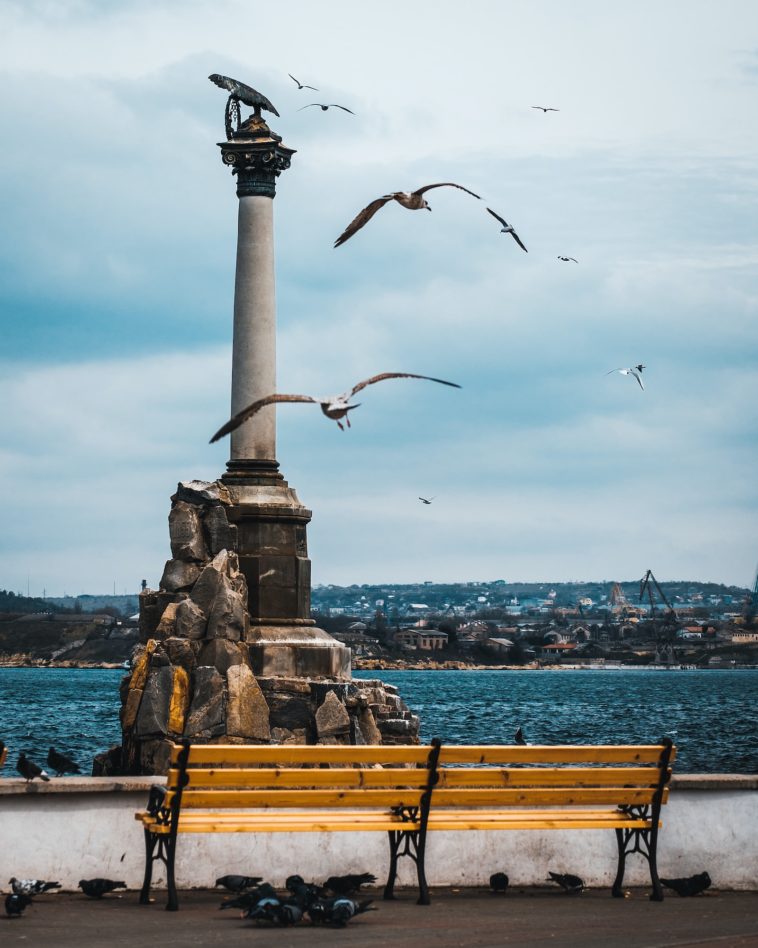Located on the northern shoreline of the Black Sea, Crimea is a geographic landform that predominantly falls under the jurisdiction of the Autonomous Republic of Crimea. This administrative division has recognition from multiple linguistic groups—specifically Ukrainian, Russian, and Crimean Tatar. Historically, the region was often referred to using the definite article “the” before its name, a usage that has largely fallen out of favor.
Geographic Coordinates
| Longitude and Latitude |
|---|
| 45.0° N, 34.0° E |
Climate
| Climate |
|---|
| Continental and Mediterranean |
Population
| Population |
|---|
| Approximately 2.4 million |
GDP
| Gross Domestic Product (GDP) |
|---|
| Varies; impacted by geopolitical issues |
Official Languages
| Official Languages |
|---|
| Russian, Ukrainian, and Crimean Tatar |
Currency
| Currency |
|---|
| Ukrainian hryvnia (UAH) and Russian ruble (RUB) |
Religion
| Predominant Religions |
|---|
| Eastern Orthodoxy, Islam |
Continent
| Continent |
|---|
| Europe |
Historical Context
Crimea has a rich and complex history that involves various civilizations, empires, and modern nation-states. It was once part of the Byzantine Empire, later the Ottoman Empire, and eventually became a focal point in Russo-Ukrainian relations. Before the collapse of the Soviet Union, Crimea was transferred from the Russian Soviet Federative Socialist Republic to the Ukrainian SSR in 1954, a move that has continued to influence political dialogues and territorial claims to this day.
Political Status
The political status of Crimea remains a highly contentious issue. After the fall of the Soviet Union, Crimea became part of an independent Ukraine. However, the region’s status changed following a 2014 referendum, which is not internationally recognized and has led to ongoing disputes between Ukraine and Russia. Russia currently administers the territory, although most countries and international organizations do not recognize this annexation.
Ethnic Groups
The ethnic composition of Crimea is diverse but is largely dominated by ethnic Russians, followed by Ukrainians and Crimean Tatars. Each of these groups has its own cultural, linguistic, and religious affiliations, adding to the complexity of the region.
Economy
The economic landscape of Crimea is affected by its disputed political status. Agriculture, tourism, and manufacturing are the key sectors, but they have been significantly impacted by international sanctions and ongoing geopolitical issues. The region also possesses natural resources like arable land and mineral reserves, although their exploitation is subject to legal and ethical considerations due to the ongoing conflict.
Infrastructure
The peninsula has a reasonably well-developed infrastructure that includes highways, airports, and seaports. However, the infrastructure has been affected by the political instability, leading to a decline in investment and maintenance.
Natural Resources
Crimea is endowed with a variety of natural resources, including arable lands, forests, and mineral deposits such as limestone and graphite. These resources have the potential for economic development but are currently underutilized due to the geopolitical situation.
Tourism
Before the 2014 annexation, Crimea was a popular tourist destination, known for its scenic beauty, historical sites, and warm climate. The sector has seen a decline due to travel restrictions and political instability, but it remains an area with high potential for future growth.
Conclusion
In summary, Crimea is a peninsula situated along the northern coast of the Black Sea, largely under the administrative control of the Autonomous Republic of Crimea. The area is ethnically diverse and has a rich history that has made it a point of contention between Ukraine and Russia. Its economy, rich in potential, has been negatively impacted by the ongoing political disputes and international sanctions. The future of this region remains uncertain, dictated by geopolitical tensions and diplomatic negotiations.





